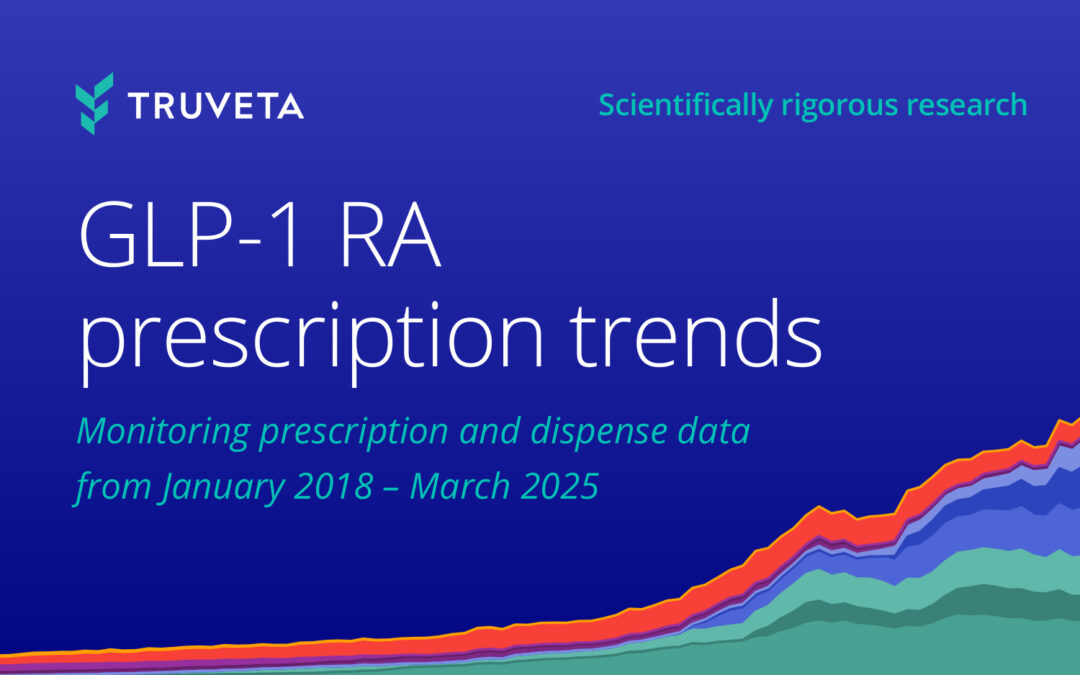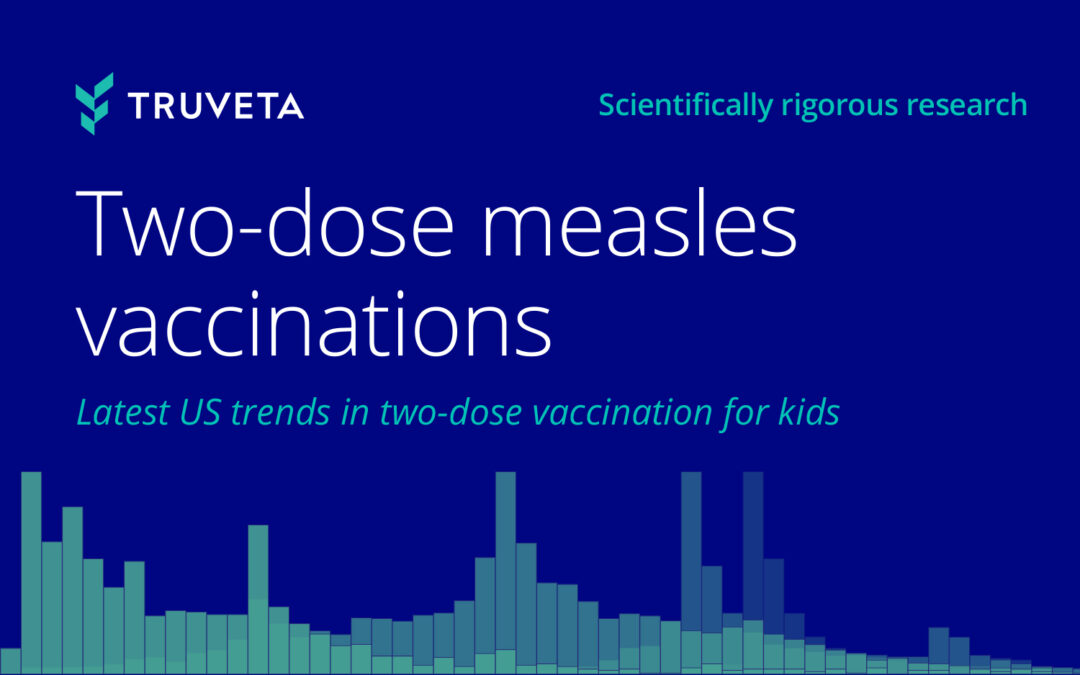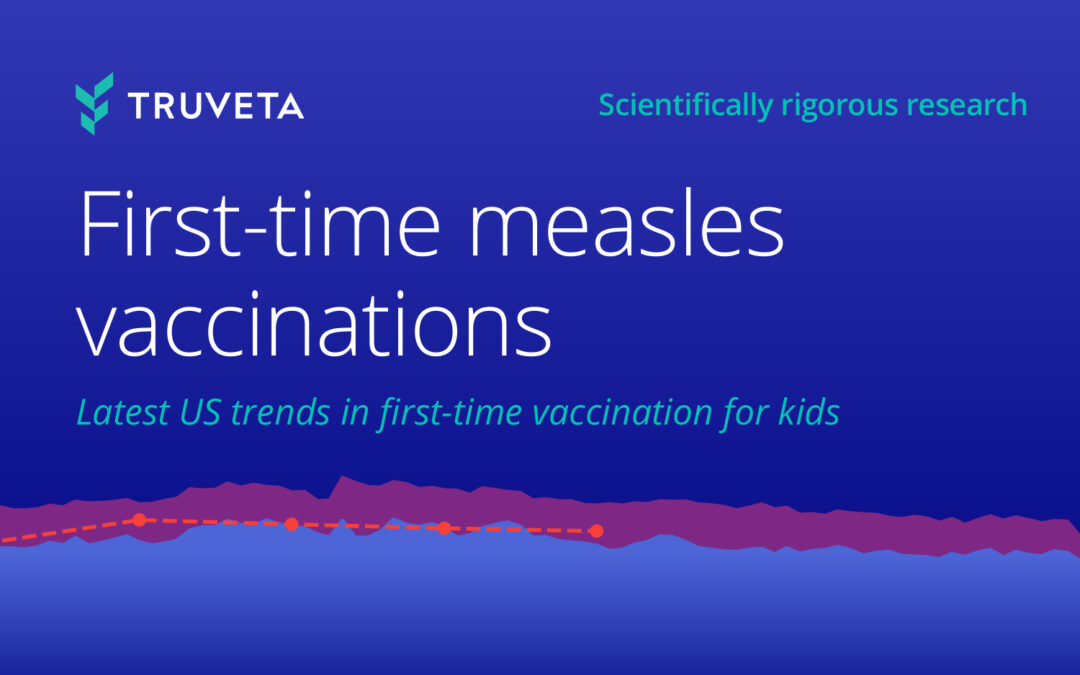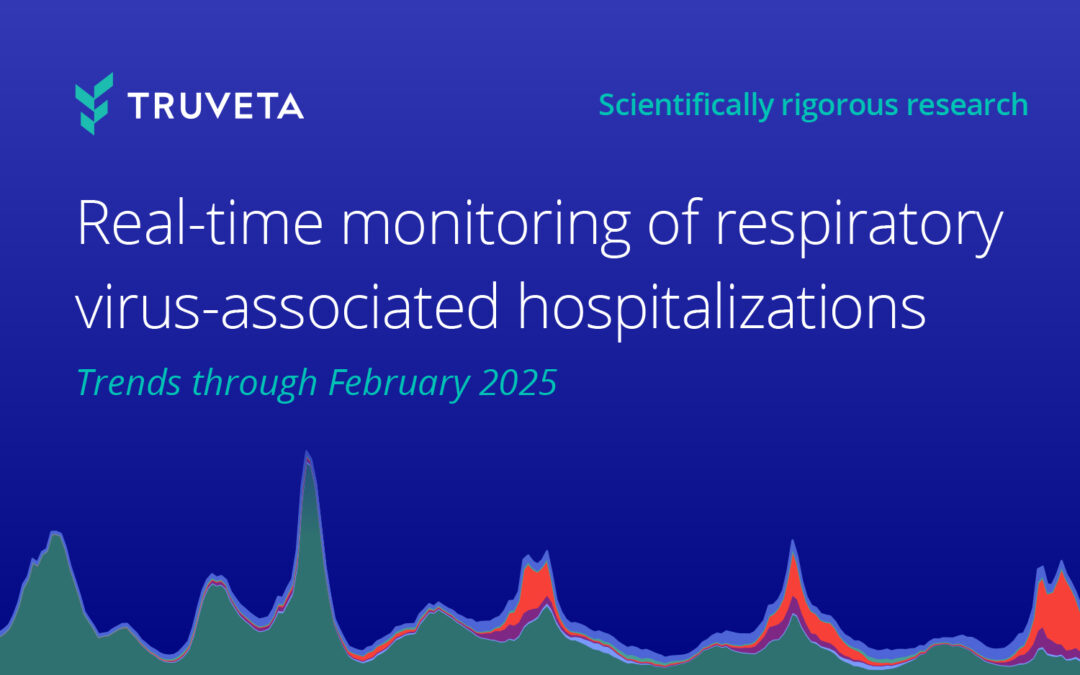Each year, approximately 900,000 patients in the US are affected by a pulmonary embolism (PE), a blood clot causing a blockage in one or more pulmonary arteries in the lungs. PE is a leading cause of in-hospital death in the US, and acute PE – a sudden blockage requiring immediate medical attention – is the third-leading cause of cardiovascular mortality in the US.
Evolution of PE treatment
Historically, initial treatment of PE was limited to anticoagulation, while emergent life-threatening PE was treated with systemic thrombolytic therapy. Novel therapies including ultrasound-assisted catheter-directed thrombolysis (USCDT) and mechanical thrombectomy (MT) are now available to address the increased morbidity and mortality of elevated-risk PE.
Despite promising clinical data for these new therapies, there are no randomized prospective data comparing them, and clinical guidelines have not been updated to reflect the real-world safety of these options in a modern setting.
REAL-PE study surfaces comparative safety insights
To close critical knowledge gaps related to real-world safety and use of newer PE interventions, Boston Scientific turned to a team of independent researchers from organizations including Ascension Health, Mount Sinai School of Medicine, and Baylor University Medical Center, to conduct a comparative safety analysis using real-time, electronic health record (EHR) data from health systems across the US.
The REAL-PE study used Truveta Data to identify 2,259 patients who experienced PE and received interventional treatment with either the Boston Scientific EKOS™ or the Inari Medical FlowTriever® System between 2009 and 2023. The interventions were compared on the basis of major bleeding events.
The researchers found that patients treated for PE with the Boston Scientific EKOS™ had statistically significant lower rates of major bleeding and intracerebral hemorrhage than patients treated with Inari Medical’s™ FlowTriever™ system.
The power of RWD from EHRs in elevating research and patient care
The analysis required a real-world dataset with unique device identifiers (UDIs), lab results, complete, longitudinal medical records, medication data, and detailed procedure timestamps – highlighting the power of complete, clean, and timely EHR data. The findings also showcase the potential for real-world evidence to prompt changes in PE treatment decisions and clinical guidelines.








